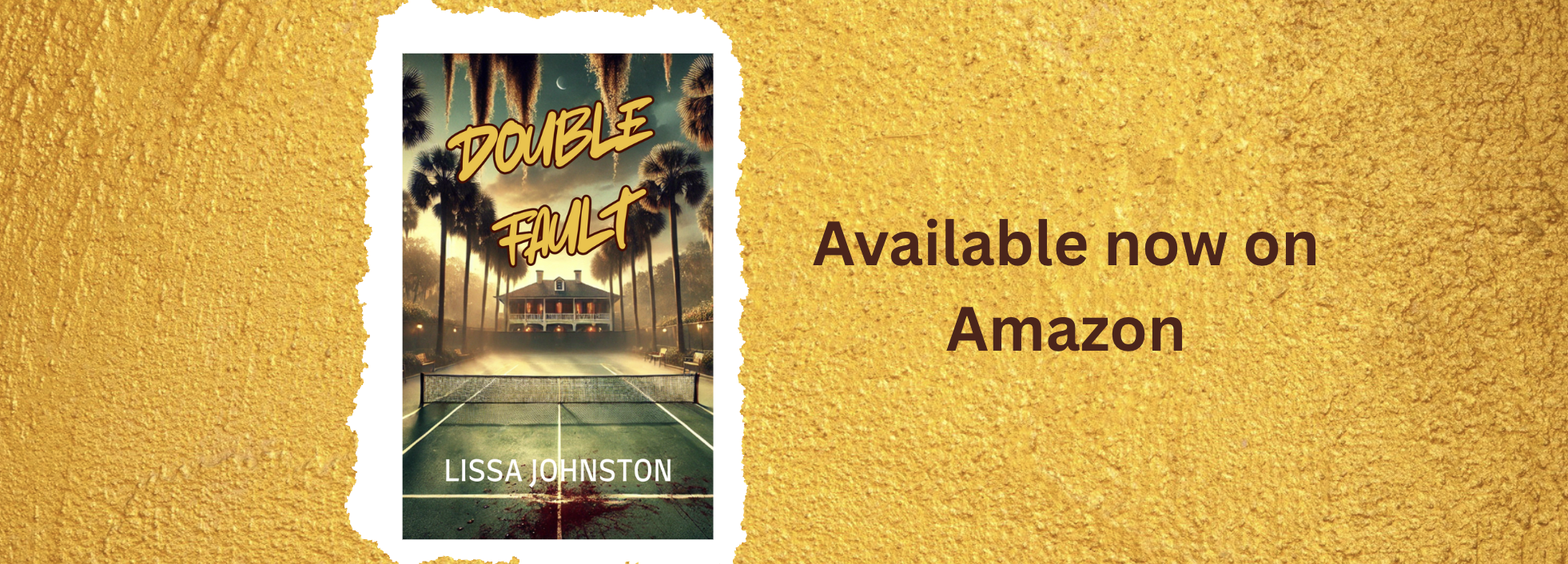I'm getting close to hitting the Publish button on the first book in my YA trilogy. Yes, I realize it's been in the works forever. I completely understand if you consider this the writer version of crying 'wolf'.
However.
Of the four of us in my critique group, three have committed to publishing our books before the end of this summer. The fourth writer, Rachel Knox, has already pushed Publish and is far ahead of us. If you enjoy reading fantasy, check out her books!
Jim and Dan, the other two in the group, have already chosen their cover art. As usual, I am bringing up the rear. Here's where you come in. I've narrowed my search to two designs. I'd like to hear what you think about them.
Once I decide on a design, I'll contract with a cover artist to create the various cover art graphics I'll need in different aspect ratios for e-book, paperback, audio book, thumbnail, etc. Those of you who know me know I am always sorely tempted to DIY stuff. But I learned the hard way that unless you have some graphic design or other similar art skills, which I most certainly do not, if you DIY your cover, it runs the risk of looking like garbage.
These books are a young adult, or YA, trilogy in the action genre. There is no romance subplot. Think young, nerdy Mod Squad. Three teens getting into all sorts of hijinx as they take on some bad guys. So I will need something that lends itself to a series of books, and not just a standalone. The main character is a guy, but an important secondary character is female.
I found this art on Canva and played around with it to add the title info. You may notice the Canva watermark. If I purchase this option, that will go away.

I really love the colors and the splashy, chaotic vibe. But I am not sure if similar art is available for books two and three. And my friend Dan pointed out that without any specific images to communicate what the book is about, the title suggests romance. He's not wrong.
Here's the second image I am considering. I found a group of images on the iStock website that are inspired by the propaganda style of the Cold War era. When I saw the fork, I took that as a sign, since food plays an important role in the plot.

I don't think I'm quite there yet with the font. But I love what I consider the strong action vibe. No mistaking this for a romance. And there are several other similar images available in the same style that I could use for the other two books in the trilogy.
What do you think? Feel free to drop comments, or even some pix of great cover art, in the comments. Thanks for taking the time. I appreciate it!
Click-O-Rama
- I have several pins of propaganda-style art on my Pinterest board. But this is the one that really grabbed me. It's from an old Taco Bell ad campaign.
- I must admit I'm addicted to any articles regarding cover art that float my way. Some, especially those from the rarified air of Literature with a capital L, take my breath away.
- Once the design is chosen, here's the nuts and bolts of how the covers get made.
- I can't be the only one who is irritated by the additional words 'a novel' on some book covers. Turns out there is a somewhat logical reason for that. Fair enough. But I still think it's pretentious and book-snobby.
Thanks for reading! If you enjoyed this post, I hope you'll take a minute to subscribe.


